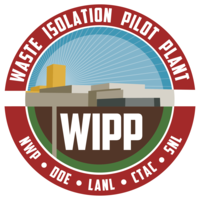
Photo from wikipedia
Abstract An innovative symbiosis energy (Symnergy) model for developing a rural community was investigated on embedding a two-stage biogas production pilot plant. It was found that the slaughterhouse wastewater has… Click to show full abstract
Abstract An innovative symbiosis energy (Symnergy) model for developing a rural community was investigated on embedding a two-stage biogas production pilot plant. It was found that the slaughterhouse wastewater has value-added for the pilot plant in Manado Slaughterhouse, Indonesia. The environmental and social impacts were investigated before and after the pilot plant was built. It was found that the 25–30 heads cows in cowshed can produce biowaste 10−30 kg/day and wastewater 2 m3/day as a substrate for biogas productions in the pilot plant. The biogas of 1.3 m3/day was collected to replace the LPG and save the money around USD 90.78/year. The villagers can gain an extra income of around USD 130.08/year from bioelectricity production alternatively. Besides, the community may have a profit of about USD 400–500 per year from selling chili, by applying biofertilizers produced from the pilot plant. The results showed that the Symnergy model was successfully verified as a suitable model for self-sustained rural communities.
Journal Title: Journal of water process engineering
Year Published: 2020
Link to full text (if available)
Share on Social Media: Sign Up to like & get
recommendations!